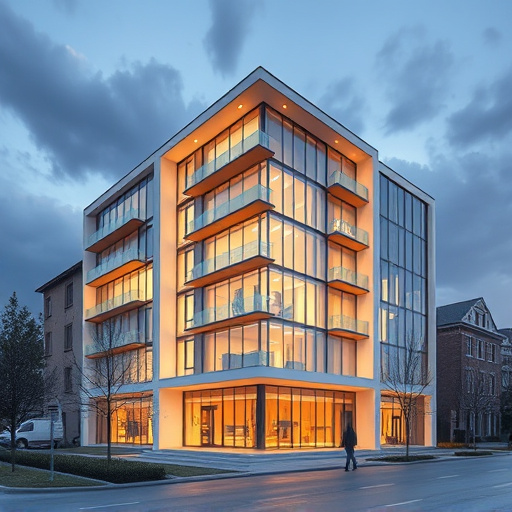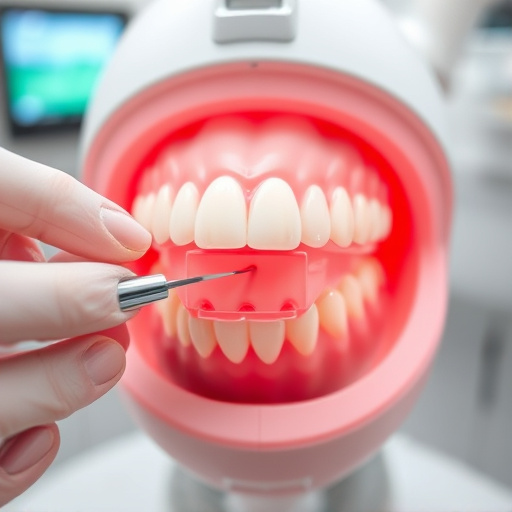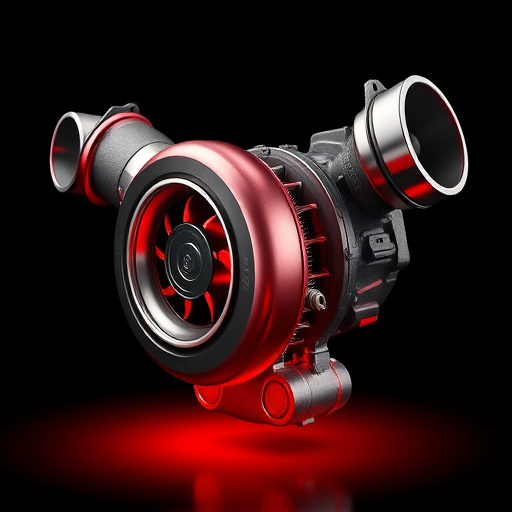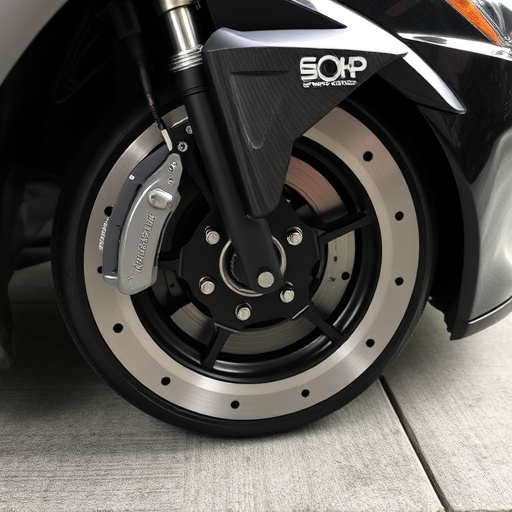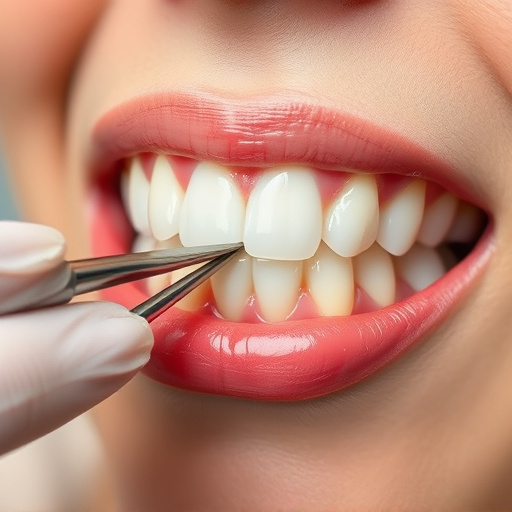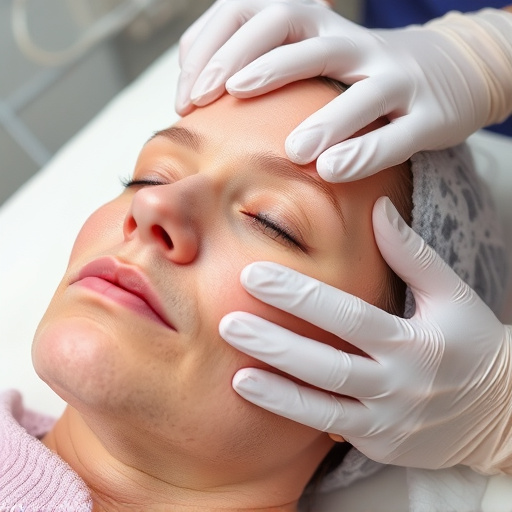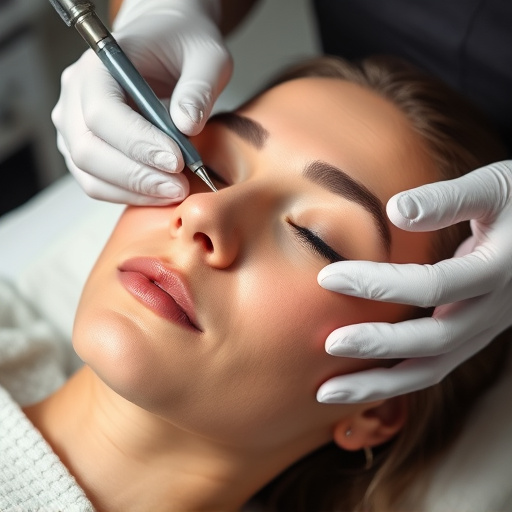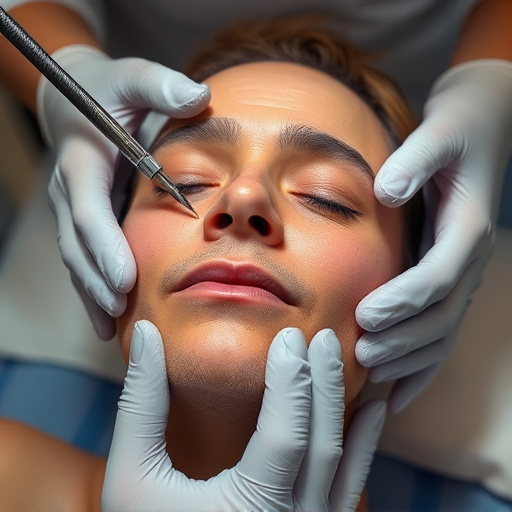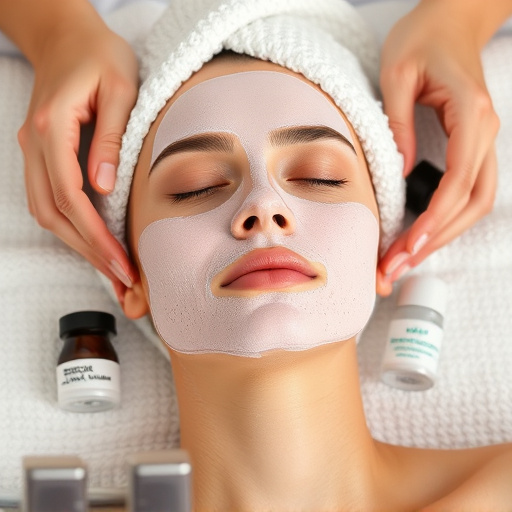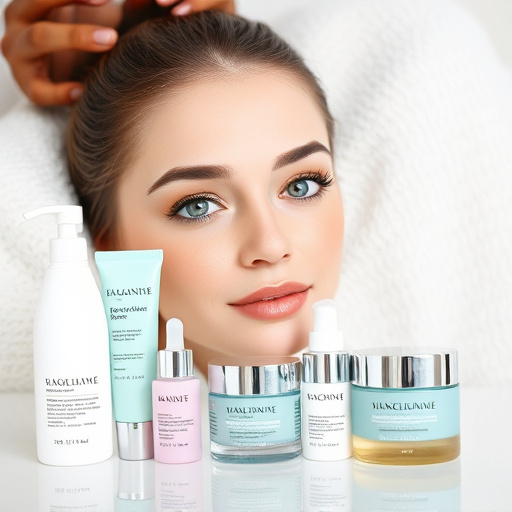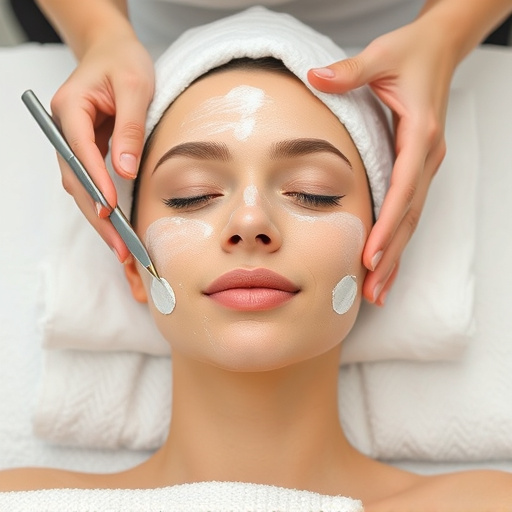Chest acne, caused by various factors like hormones, genetics, and lifestyle, requires a dedicated care approach. A holistic treatment plan combines gentle cleansing, balanced diet, hydration, exercise, and stress management with targeted procedures such as microneedling, laser hair removal, and chemical peels. Integrating these strategies, including facials for hydration and collagen boost, effectively addresses chest acne, enhances healing, prevents future breakouts, and improves skin texture, ultimately boosting confidence in one's appearance.
Acne on the chest is a common concern, but with the right approach, effective chest acne therapy is achievable. Understanding the underlying causes and triggers is key. This article delves into practical lifestyle changes that can significantly enhance your skin health journey. From dietary adjustments to targeted skincare routines, we explore strategies to support your chest acne therapy efforts. Additionally, discover complementary treatments that may accelerate results and leave you with clearer, healthier skin.
- Understanding Chest Acne: Causes and Triggers
- Lifestyle Adjustments for Clearer Skin
- Complementary Treatments to Enhance Therapy Results
Understanding Chest Acne: Causes and Triggers
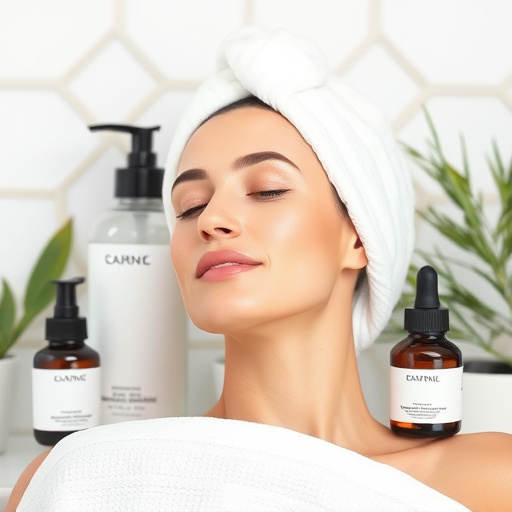
Chest acne, often overlooked, is a common skin concern that requires dedicated care and attention. Understanding its causes is the first step towards effective treatment. This type of acne is primarily triggered by a combination of factors, including hormonal changes, genetics, and certain lifestyle habits. Just like facial acne, chest acne forms when hair follicles become clogged with sebum, dead skin cells, or bacteria.
Various elements can incite this condition. Tight clothing, especially synthetic fabrics, can trap heat and moisture, creating an ideal environment for bacterial growth. Stress and diet also play significant roles; increased cortisol levels due to stress can lead to inflammation, while certain foods can stimulate the production of androgens, hormones that contribute to acne development. Additionally, conditions like polycystic ovary syndrome (PCOS) or excessive sweating may exacerbate chest acne, underscoring the need for a holistic approach to management, including regular cleansing, customized facials, and treatments like microneedling therapy and pore refinement.
Lifestyle Adjustments for Clearer Skin
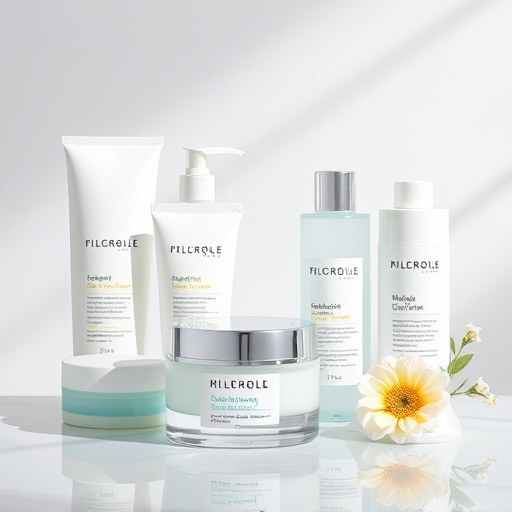
Addressing chest acne requires a holistic approach that goes beyond topical treatments. Lifestyle adjustments play a pivotal role in enhancing the efficacy of chest acne therapy and achieving clearer, healthier skin. One significant change involves maintaining good hygiene by gently cleansing the affected area with mild, sulfate-free soaps to prevent irritation.
Additionally, adopting a balanced diet rich in antioxidants, vitamins, and minerals can help reduce inflammation and promote skin healing. Staying hydrated, practicing regular exercise, and managing stress levels are other essential lifestyle modifications that contribute to clearer skin. Consider incorporating non-invasive procedures like laser hair removal to minimize follicle congestion, along with chemical peels or skin brightening treatments for enhanced results.
Complementary Treatments to Enhance Therapy Results
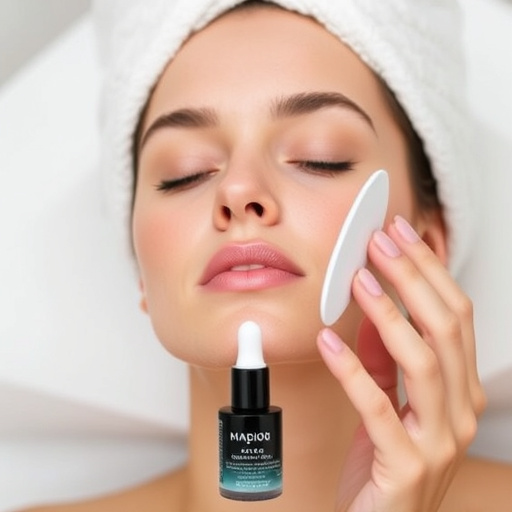
For optimal results in chest acne therapy, it’s beneficial to incorporate complementary treatments into your skincare routine. Hydrating facials, for instance, can deeply nourish and soothe the skin, enhancing the effects of other treatments. By hydrating the skin properly, you support its natural barrier function, making it more resilient against future breakouts. Additionally, procedures like microneedling therapy stimulate collagen production, which aids in repairing damaged skin and improving overall texture. Combining these approaches not only accelerates the healing process but also contributes to long-lasting, clearer skin.
Skin rejuvenation techniques play a crucial role in achieving and maintaining healthy skin after chest acne therapy. Regular treatments such as chemical peels or laser resurfacing can help eliminate dead skin cells and unclog pores, preventing future clogging that leads to acne. These procedures promote cell turnover, revealing smoother, brighter skin beneath. Incorporating these complementary therapies into your chest acne treatment plan ensures more significant and lasting improvements, allowing you to enjoy clear, radiant skin with confidence.
In conclusion, addressing chest acne effectively involves a multifaceted approach. By understanding the underlying causes and triggers, individuals can implement lifestyle changes that significantly contribute to clearer skin. Incorporating these adjustments alongside targeted chest acne therapy provides a comprehensive strategy for achieving and maintaining healthy, acne-free skin. Remember that consistency and patience are key as you navigate your journey towards vibrant, clear skin.

